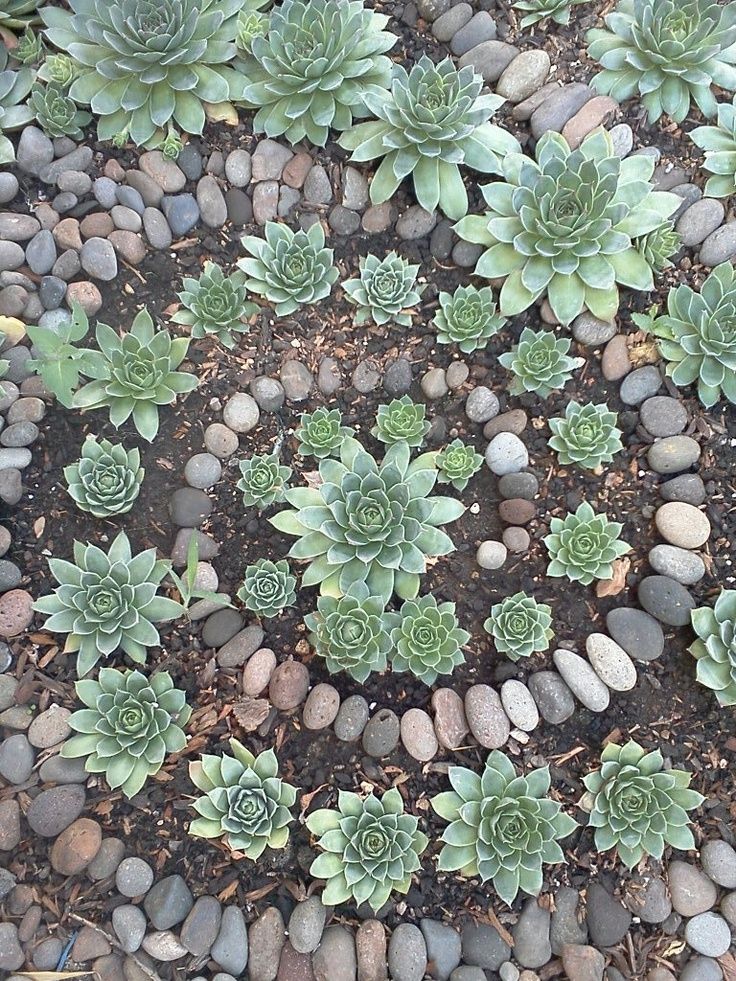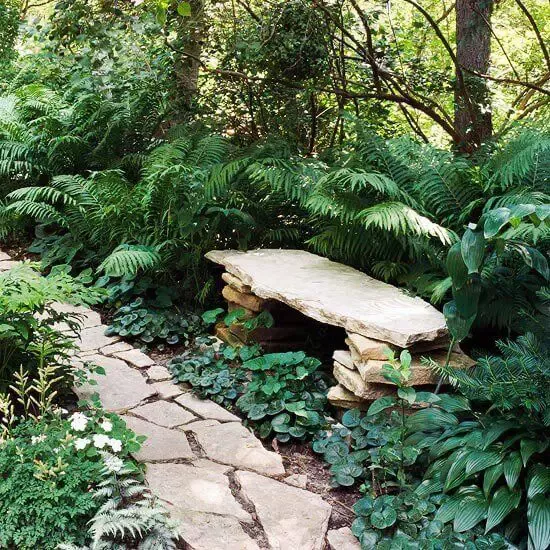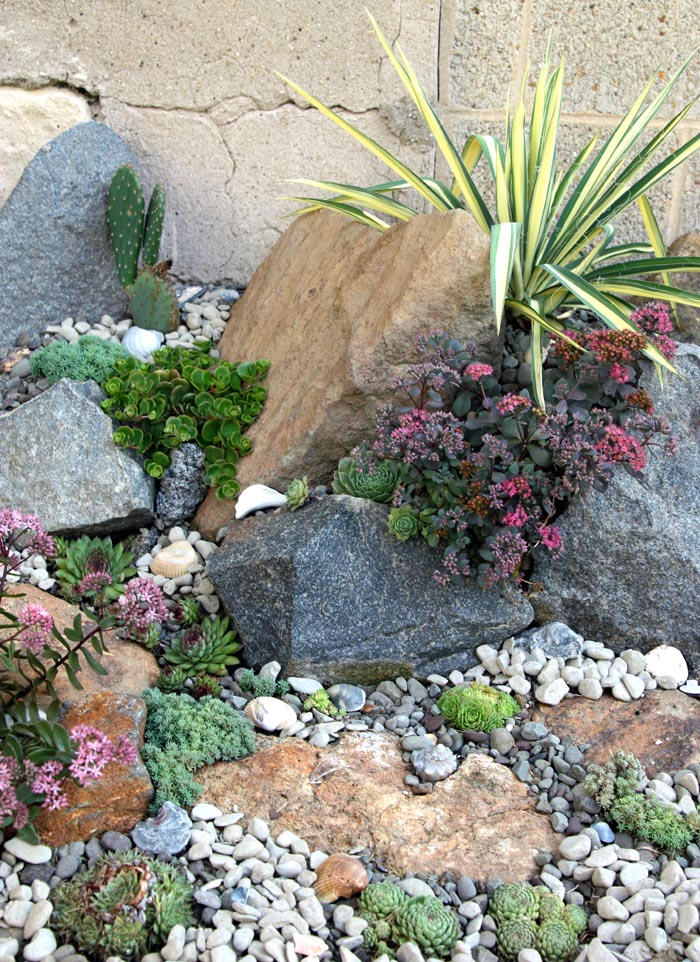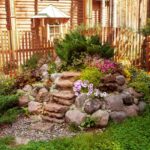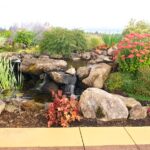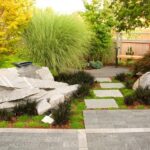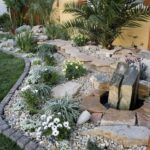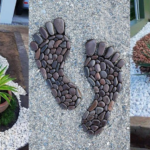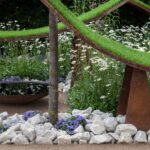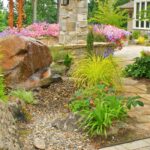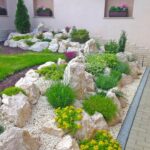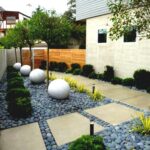Rock gardens are a popular choice for homeowners looking to add a touch of natural beauty to their outdoor space. These gardens are low maintenance and can thrive in a variety of climates, making them a versatile option for many different types of landscapes. Rock gardens can range in size from small, intimate spaces to large, sprawling areas, and can be designed to suit a wide range of preferences and tastes.
When designing a rock garden, there are a few key factors to consider. First, it’s important to choose a location that receives ample sunlight, as most rock garden plants thrive in sunny conditions. It’s also important to select rocks of varying sizes and shapes to create visual interest and texture in the garden. Boulders and larger rocks can serve as focal points, while smaller rocks can be used to fill in gaps and create a cohesive look.
In addition to rocks, plants are an essential component of any rock garden design. Alpine plants, succulents, and drought-tolerant species are all popular choices for rock gardens, as they are well-suited to the rocky, well-drained soil typically found in these gardens. When choosing plants for a rock garden, it’s important to consider factors such as mature size, blooming periods, and water requirements to ensure a harmonious and sustainable design.
Another key consideration when designing a rock garden is the overall layout and arrangement of the rocks and plants. In a naturalistic rock garden, rocks and plants are often placed in a way that mimics the patterns and shapes found in nature. Placing rocks in groupings or clusters and using a mix of heights and sizes can help create a visually appealing and balanced design.
Incorporating elements such as pathways, water features, and seating areas can further enhance the beauty and functionality of a rock garden. Pathways can be made from a variety of materials, including gravel, stepping stones, or flagstone, and can help guide visitors through the garden while providing access to different areas. Water features, such as ponds or streams, can add a sense of tranquility and provide a focal point for the garden. Seating areas, such as benches or outdoor seating areas, can provide a place to relax and enjoy the beauty of the garden.
Overall, rock gardens are a versatile and low-maintenance option for homeowners looking to add a touch of natural beauty to their outdoor space. By carefully considering factors such as location, rocks, plants, layout, and additional elements, homeowners can create a unique and visually stunning rock garden that enhances their property and provides a peaceful retreat for relaxation and enjoyment.
 yishifashion Where Outdoor Dreams Become Reality
yishifashion Where Outdoor Dreams Become Reality
